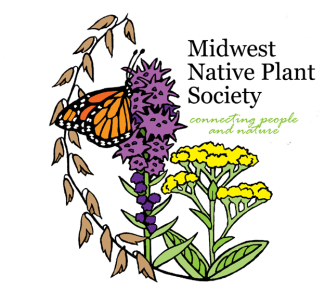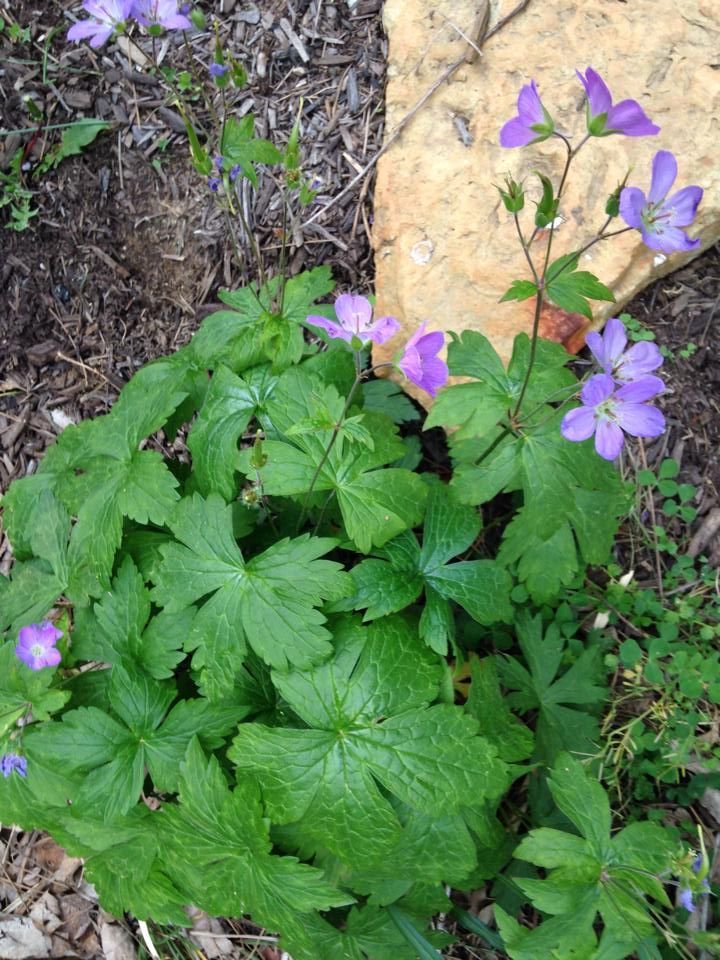Growing Native Plants for Biodiversity
Take the Pledge and join our growing community
The “Grow Native Plants for Biodiversity” pledge program invites you to transform your landscape into a vibrant, living habitat that supports birds, butterflies, pollinators, and other wildlife. When you take the pledge, you're not just planting flowers—you’re restoring a vital ecosystem right at home.
To help spread awareness, you can also purchase a beautifully illustrated yard sign designed by local artist Ann Geise to showcase your commitment and inspire neighbors to join the movement.
Showcase Your Commitment
Why Display the Yard Sign?
By placing the “Growing Native Plants for Biodiversity” sign in your yard, you demonstrate your commitment to protecting local ecosystems. It’s a conversation starter, an educational tool, and a public promise to support biodiversity.
The more connected “living landscapes” planted with native plants, the greater the positive impact we make for local wildlife.
About the Yard Sign
Made of lightweight aluminum polymetal, this sign measures 6.5″ x 9″ and comes with two pre-drilled top and bottom holes for mounting. Screws are not included.
The yard sign sells for $25.00 plus $5.00 postage if mailed within the U.S. You can purchase your yard sign at most of our events or online directly from the artist. Please allow up to two weeks for delivery.
Purchase your sign form our partnering artist Ann E. Geise.
Plant and Wildlife featured on the sign:
Purple Coneflower, Echinacea purpurea - Blazing Star, Liatris spicata - Common Milkweed, Asclepias syriaca - Gray-headed Coneflower, Ratibida pinnata - Hummingbird Clearwing Moth - Zebra Swallowtail - Monarch butterfly, caterpillar and chrysalis - Eastern Tailed-Blue - Firefly sp - Honeybee - Bumblebee sp
Pledge Program
You don’t need to be an expert to begin—just a person who cares. Every native plant you grow is a win for biodiversity.
Download the Pledge. Plant with purpose. Grow the change.
How Do I Start
Creating a biodiverse landscape with native plants is a rewarding step-by-step process. Start planting a few natives at a time. Remember it is a work in progress. As you add more plants they will begin attracting butterflies, moths, birds, and more! The important thing is to get started. According to author Dr. Doug Tallamy in his latest book, Nature’s Best Hope, planting “keystone” species (plants that have a “disproportionately large effect on the abundance and diversity of other species in an ecosystem”) is a successful way to start or to add to your native landscape palette.
The National Audubon Society has a website that provides keystone species for your area just by entering your zip code at https://www.audubon.org/native-plants
What exactly are Native Plants?
Native plants are those that occur naturally within a defined area. They evolved over thousands of years, shaped by the local climate conditions, geology, flora, and fauna. Native plants include trees, shrubs, vines, annuals, and perennials.
What is Biodiversity?
Biodiversity is the shortened form of two words “biological” and “diversity”. It refers to all the variety of life that can be found on Earth (plants, animals, fungi, and micro-organisms). Ecosystems are comprised of all these organisms interconnected in a complex, stable, and sustainable network of life. The more biodiverse an ecosystem the better it’s able to withstand change and negative impacts.
Why care about Native Plants?
Not only are native plants fascinating, beautiful, and evolved to thrive in the local landscape, they serve an essential role in biodiversity. Besides providing nutritious leaves for countless herbivores, they serve an essential role by providing nectar, pollen, and specific host food for native insects and their larvae, which in turn, sustain local and migrating birds, bats, and other wildlife. Native plants are the foundation of biodiversity!
How many Native Plants do I need to make a difference?
Studies tell us that every time that you add a productive native plant to your landscape you improve your local food web. Moreover, woody plants (trees and shrubs) support more wildlife species than herbaceous plants but nectaring plants are necessary for pollinators. The important thing is to get native plants of all types into your landscape. Since most of our suburbs contain around 90% lawn that provides neither food nor shelter, even small additions of native plants can quickly make a big difference.
Remove Invasive Species
Habitat loss and invasive plants are the leading causes of native biodiversity loss. Invasive plant species spread aggressively and can displace native plants, create monocultures, and provide little benefit to wildlife. Never introduce exotic plants that are known to be invasive. More information can be found on the Ohio Invasive Plants Council website at: https://www.oipc.info.
Native Species — Straight and Nativars
It’s always best to grow plants that are native to your region or nearby. For example, if you live in southern Ohio, Michigan native species may not be as beneficial as those found closer to your region. Always consider specific growing requirements such as sun/shade tolerance, soil moisture, soil pH, etc.
Cultivars of native plants are often termed “nativars” (usually a ‘catchy’ name is listed after the species name). They are propagated for aesthetic characteristics such as unique flower and foliage color, flower density, or size. These adaptations, however, may reduce their value as a food source by insects. When purchasing plants to create a food web that supports biodiversity we recommend using straight native species when possible.
"Biodiversity is our most valuable but least appreciated resource.”
~ E.O. Wilson, The Diversity of Life








